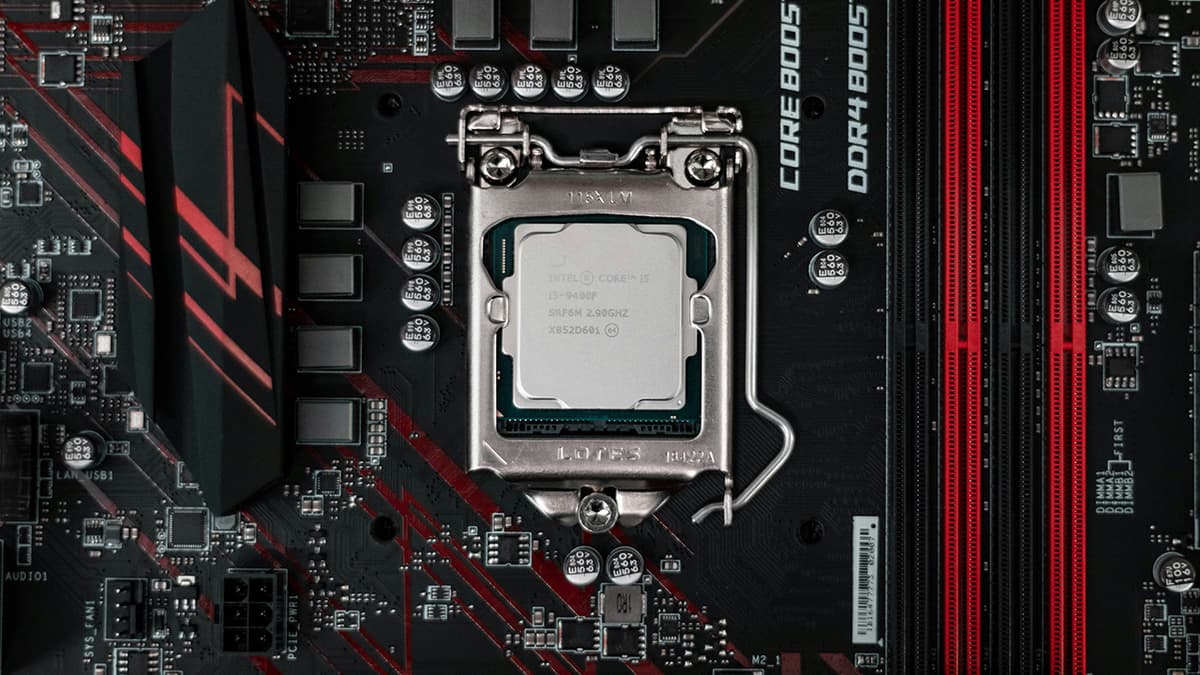Can I Use Multiple Tables in Flutter SQFlite for Efficient Data Management?
Flutter SQFlite is a powerful plugin that allows you to create and interact with a local SQLite database in your Flutter applications. One common question that arises when working with SQFlite is whether it supports multiple tables for efficient data management. The answer is a resounding yes! In this article, we will explore how you can effectively utilize multiple tables in Flutter SQFlite to organize and manage your data seamlessly.
Understanding the Basics of SQFlite
Before we delve into the intricacies of using multiple tables in SQFlite, let's first establish a foundational understanding of how SQFlite works. SQLite is a lightweight and self-contained SQL database engine that is embedded into the Flutter platform through the SQFlite plugin. With SQFlite, you can perform various database operations, such as creating tables, querying data, inserting records, and updating information.
In SQFlite, each database corresponds to a single file, and within that file, you can have multiple tables to store different types of data. These tables can be thought of as individual containers that hold related information, allowing you to organize and access your data efficiently.
Creating Multiple Tables in SQFlite
To create multiple tables in SQFlite, you need to follow a structured approach that involves defining schemas for each table and establishing relationships between them. Let's walk through a simple example to illustrate this process.
Suppose we are building a productivity app that tracks tasks and categories. We can create two tables: one for tasks and another for categories. Here's how you would define these tables in SQFlite:
Dart
In the above code snippet, we define the schema for the tasks and categories tables. The tasks table includes a foreign key categoryId that references the id field in the categories table, establishing a relationship between the two tables.
Interacting with Multiple Tables in SQFlite
Once you have created the tables in SQFlite, you can interact with them by performing various database operations. Let's demonstrate how you can insert a task into the tasks table and retrieve tasks along with their respective categories.
Dart
In the code above, the insertTask function allows you to insert a Task object into the tasks table. The getTasksWithCategories function retrieves tasks along with their corresponding categories by performing a join operation between the tasks and categories tables.
Leveraging Multiple Tables for Efficient Data Management
By utilizing multiple tables in SQFlite, you can achieve efficient data management in your Flutter applications. Organizing your data into separate tables based on logical relationships enables you to maintain data integrity and optimize query performance.
When working with multiple tables, consider the following best practices to enhance your data management strategy:
- Define clear relationships between tables using foreign keys to establish connections between related data entities.
- Use transactions to ensure data consistency when performing multiple database operations.
- Implement appropriate indexing on key columns to speed up query execution and retrieval of specific records.
- Normalize your database schema to reduce data redundancy and improve overall database efficiency.
Using multiple tables in Flutter SQFlite is a robust approach for structuring and managing your application's data effectively. By carefully designing your database schema and leveraging relationships between tables, you can create a well-organized and optimized data storage solution that meets your application's requirements.
Whether you are building a task manager, a shopping app, or any other Flutter application that requires data storage, incorporating multiple tables in SQFlite can significantly enhance your data management capabilities. Start exploring the possibilities of multiple tables in SQFlite today to take your Flutter apps to the next level!












